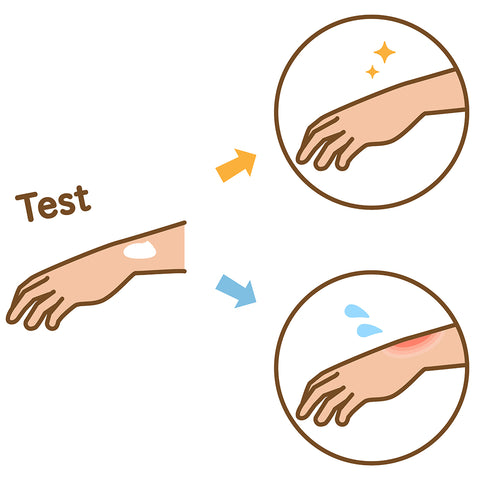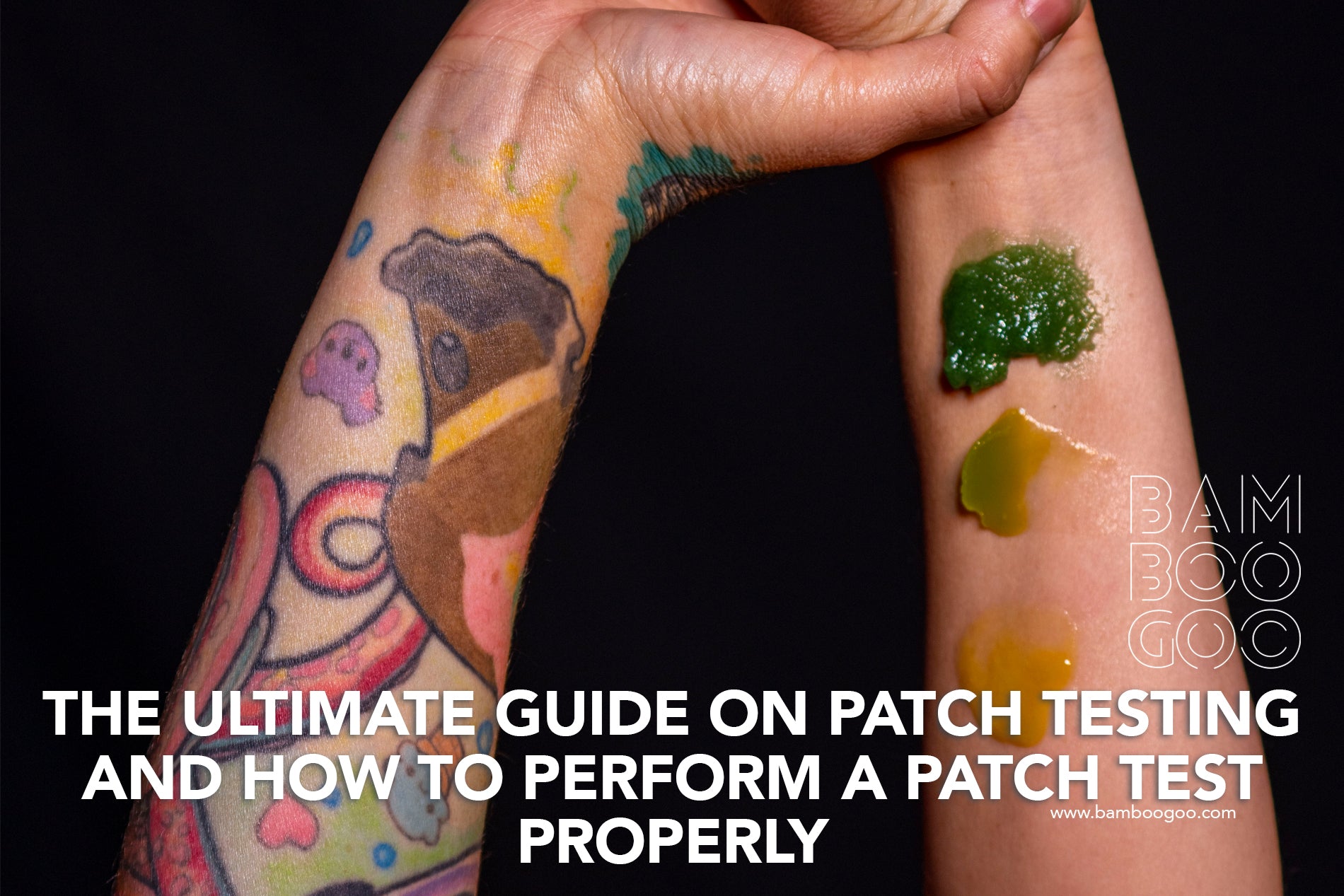The Ultimate Guide on Patch Testing and How to Perform a Patch Test Properly
What is a patch test and When do you need a patch test?
A patch test is a way to test the compatibility of a substance or material with the skin. Patch tests must be done before they are applied to the skin. A patch test should also be done if there is any doubt about whether the substance or material will cause an allergic reaction. Patch tests may be used for substances such as makeup, cosmetics and soaps.
A patch test is a way to determine if you have an allergic reaction to a product before using it. Before using any new skin care product, you should always do a patch test. Leave it on for 24 hours, and then wash it off and check to see if there are any signs of an allergic reaction.
This can be done by applying a small amount of product on the skin, usually on the forearm, or behind the ear and monitoring for changes in skin colour or other symptoms such as itching or swelling and burning feeling. Other reactions may include tiny bumps, in worst case scenario, hives and dermatitis.
You should always do a patch test on any new cosmetics before you put them on your body. This is to make sure that the product does not have an adverse effect on your skin.

How to perform a patch test.
STEP 1. Prepare the Skin Surface. Clean of any other products.
You need to apply a small amount of the product to the skin behind your ear or inside your elbow.
STEP 2. Wait for 24 hours to see if there are any adverse effects.
STEP 3. Observe for Signs of Irritation
If there are no negative effects then it is safe to use the product as normal.
If you have an allergic reaction to a cosmetic product, it is important to know what to do in order to minimize the risk of it happening again.
The first thing you should do is stop using the product that caused your allergic reaction. You should also wash the area with soap and water and use a topical antihistamine cream if available.
You should also talk with your doctor about whether or not you need prescription medication like corticosteroids and antihistamines.


